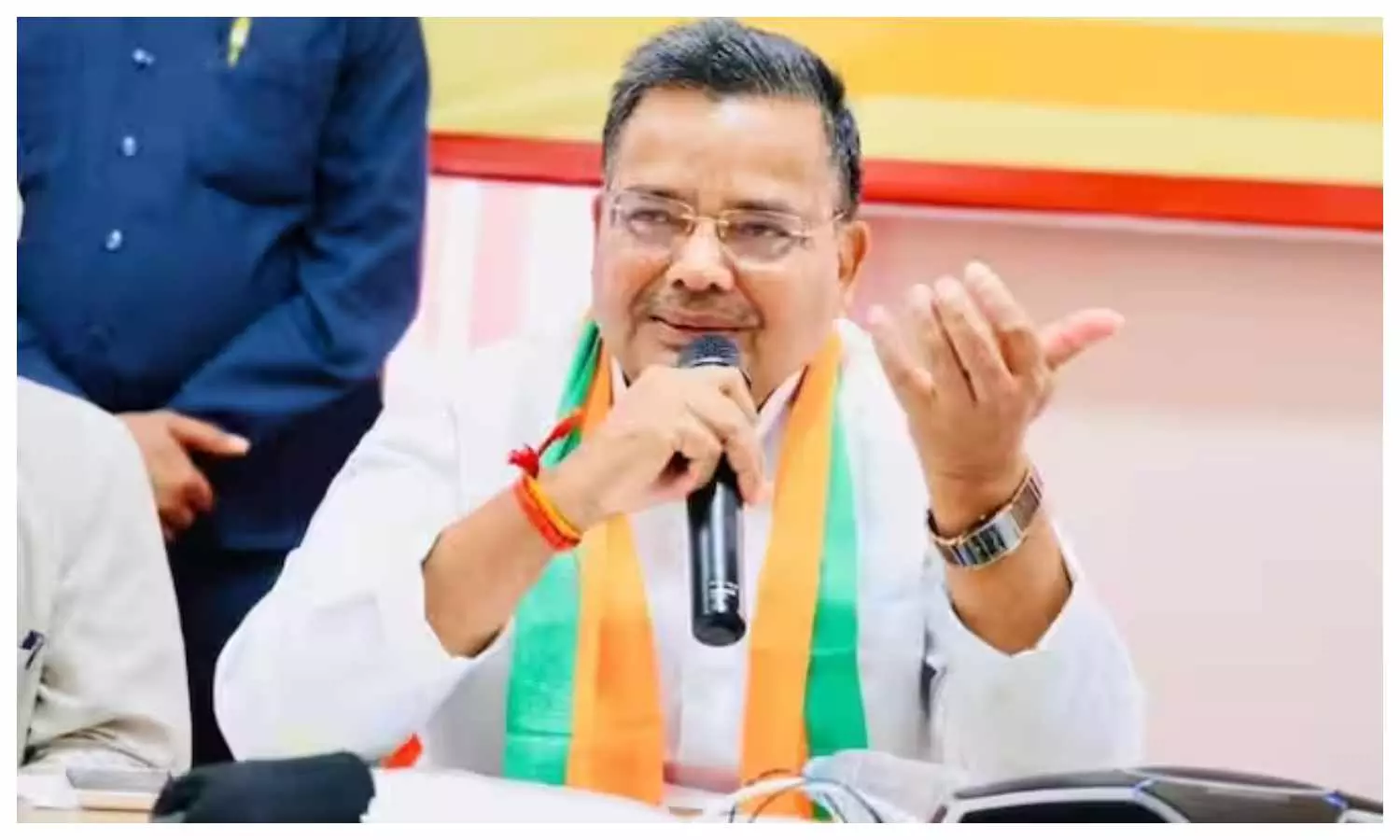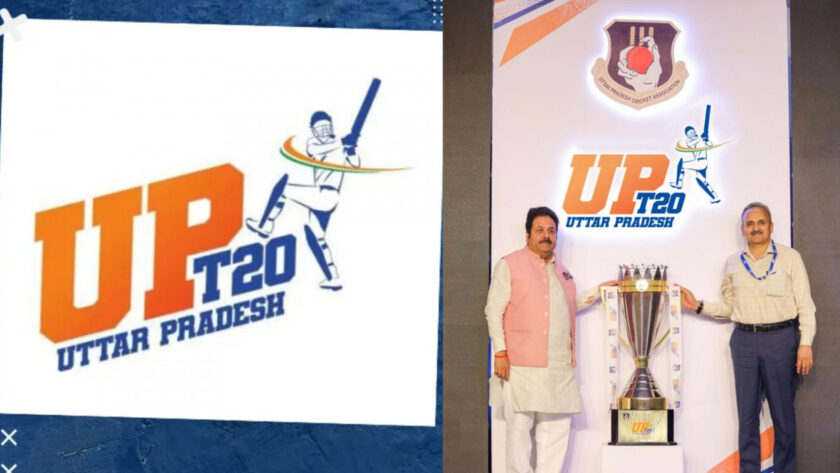Lucknow — The Government of Uttar Pradesh has reaffirmed that modernized land management is a key pillar in its journey toward becoming a one-trillion-dollar economy, with emphasis on transparency, digital records, and fraud prevention in property transactions.
In a detailed press briefing at the Uttar Pradesh Revenue Council, Shri Manoj Joshi, Secretary of the Department of Land Resources, Ministry of Rural Development, Government of India, reviewed progress under the Digital India Land Records Modernization Programme (DILRMP) and the ‘Naksha’ Urban Land Mapping Initiative. The review was chaired by Shri Anil Kumar, Chairman of the Revenue Council, UP.
Joshi highlighted that digital integration in land management has already transformed rural property records in the state. “Real-time Khatauni, digitized maps, and geo-referenced land parcels with Unique Land Parcel Identification Numbers (ULPIN) are already operational,” he said. ULPINs include not only ownership details but also spatial coordinates, enabling streamlined real estate transactions, better taxation, and disaster management.
The ‘Naksha’ pilot programme, launched in 2024-25 across 27 states and 3 Union Territories, includes 10 selected urban local bodies in UP: Tanda (Ambedkar Nagar), Nawabganj (Barabanki), Anupshahr (Bulandshahr), Chitrakoot Dham (Chitrakoot), Gorakhpur, Hardoi, Jhansi, Chunar (Mirzapur), Puranpur (Pilibhit), and Tilhar (Shahjahanpur).
Using drone-based and aerial survey technologies, the ‘Naksha’ initiative is creating a GIS-integrated urban land parcel database, aiming to resolve long-standing issues of ambiguous ownership and outdated urban land records, which until now were primarily designed for tax purposes.
“The absence of clear land ownership in urban areas has long been a hurdle in secure property transactions. ‘Naksha’ is set to change that by enabling verifiable ownership, reducing legal disputes, and accelerating judicial resolution,” said Joshi.
The programme is also aligned with state welfare schemes and financial inclusion goals. Features include:
-
Online access to land record disputes
-
Digital verification of ownership, mortgages, and encumbrances
-
Aadhaar-linked land parcel database
-
Online applications for mutation, caste/income/residence certificates, and land use changes
-
Support for planning infrastructure according to population density
-
Boost to urban planning, municipal revenue, and private investment confidence
The Swamitva Scheme, under which drone technology has already been used to survey and map rural residential properties, has empowered villagers to treat property as a financial asset, facilitating access to credit and economic stability.
Officials discussed on-ground challenges with nodal officers of the 10 selected urban bodies to ensure smoother implementation. They emphasized that approximately 22.27% of UP’s population currently resides in urban areas, projected to rise to 40% by 2031, underlining the urgent need for accurate and accessible land data.
Jaiveer Singh, Tourism and Culture Minister, also lauded the convergence of land modernization with broader economic goals, affirming, “Transparent property rights and digital infrastructure are essential in building investor confidence and ensuring equitable urban development.”
Present at the review meeting were Kunal Satyarthi, Joint Secretary, Department of Land Resources (GoI), along with UP’s Principal Secretaries for Revenue, Stamps and Registration, and senior officials from the Revenue Council.






